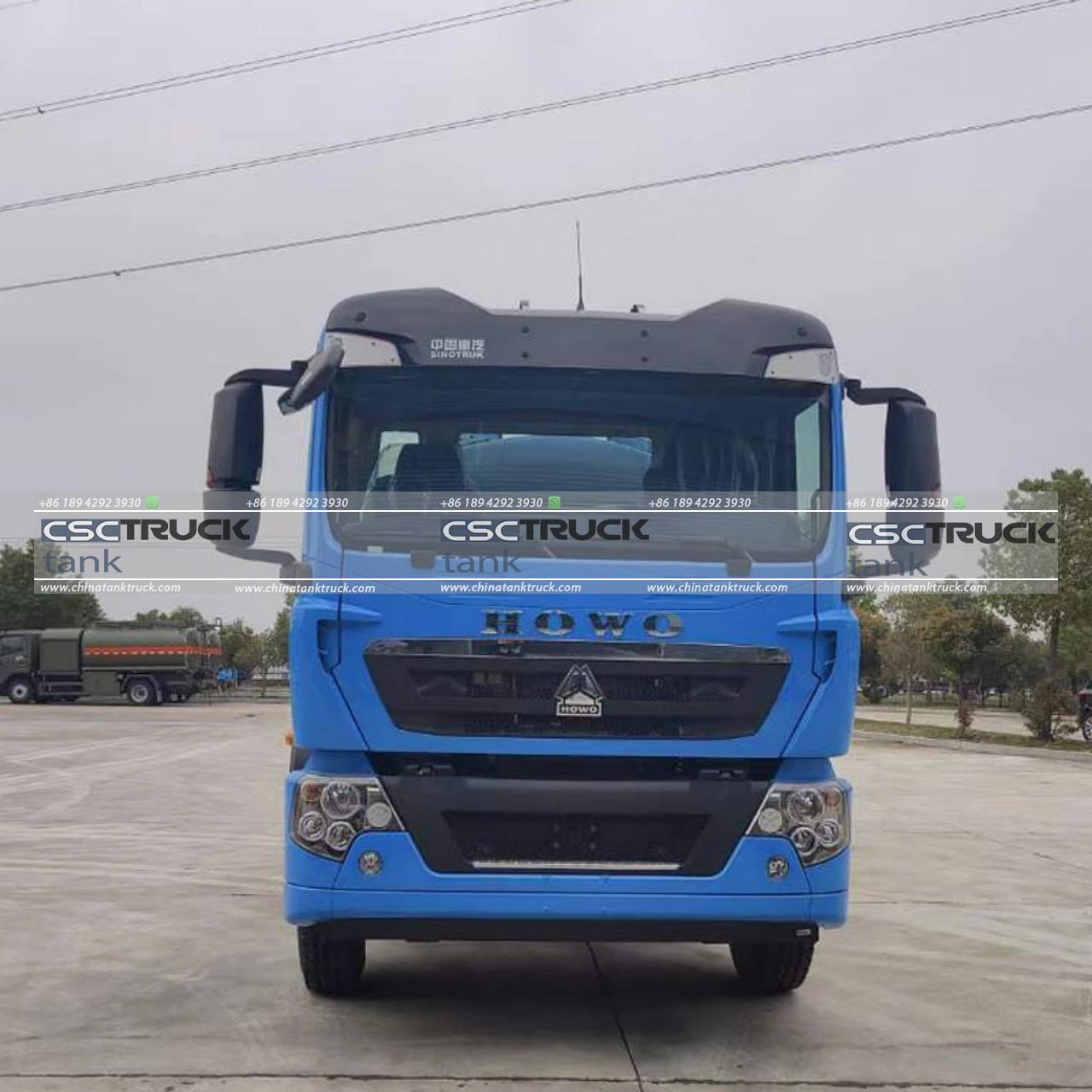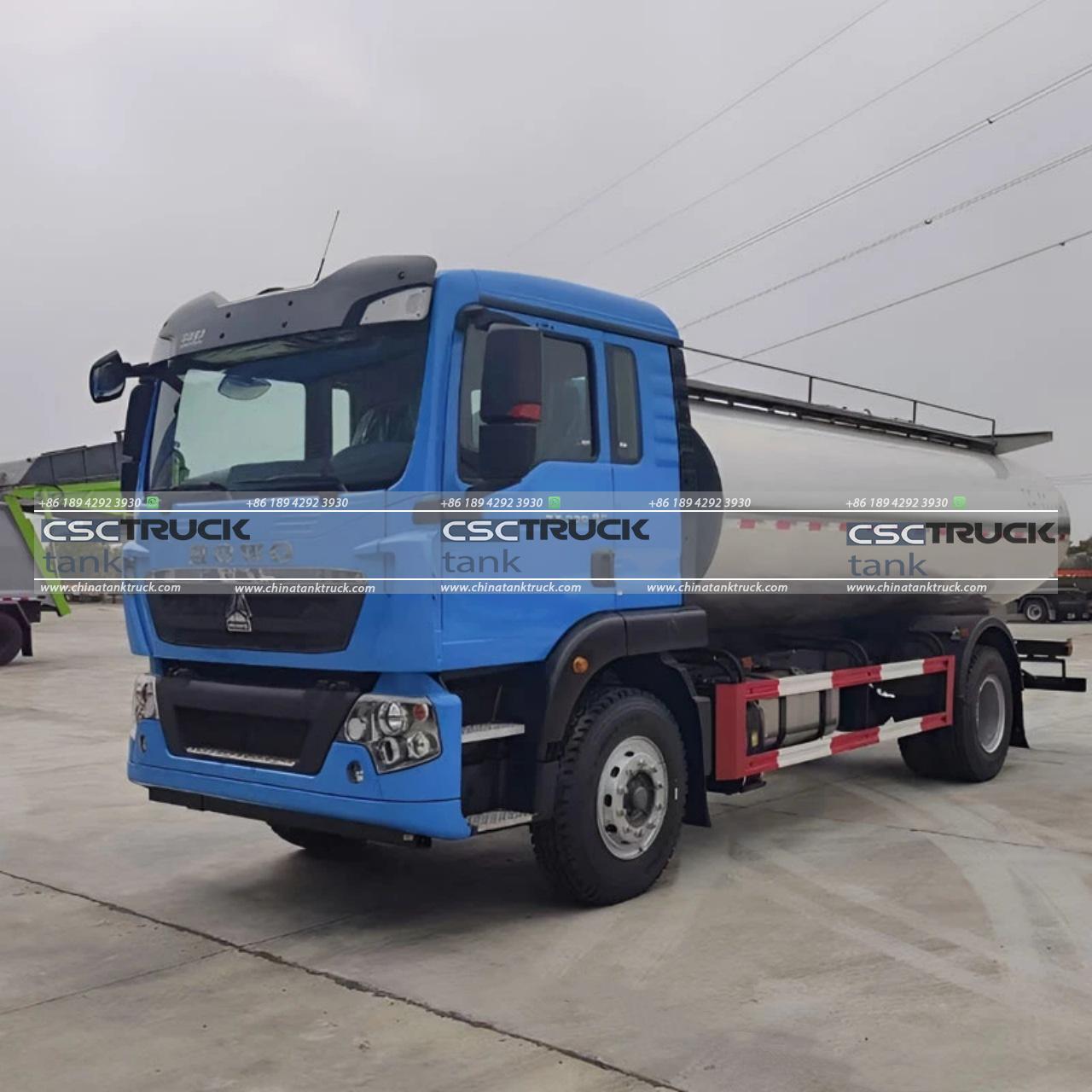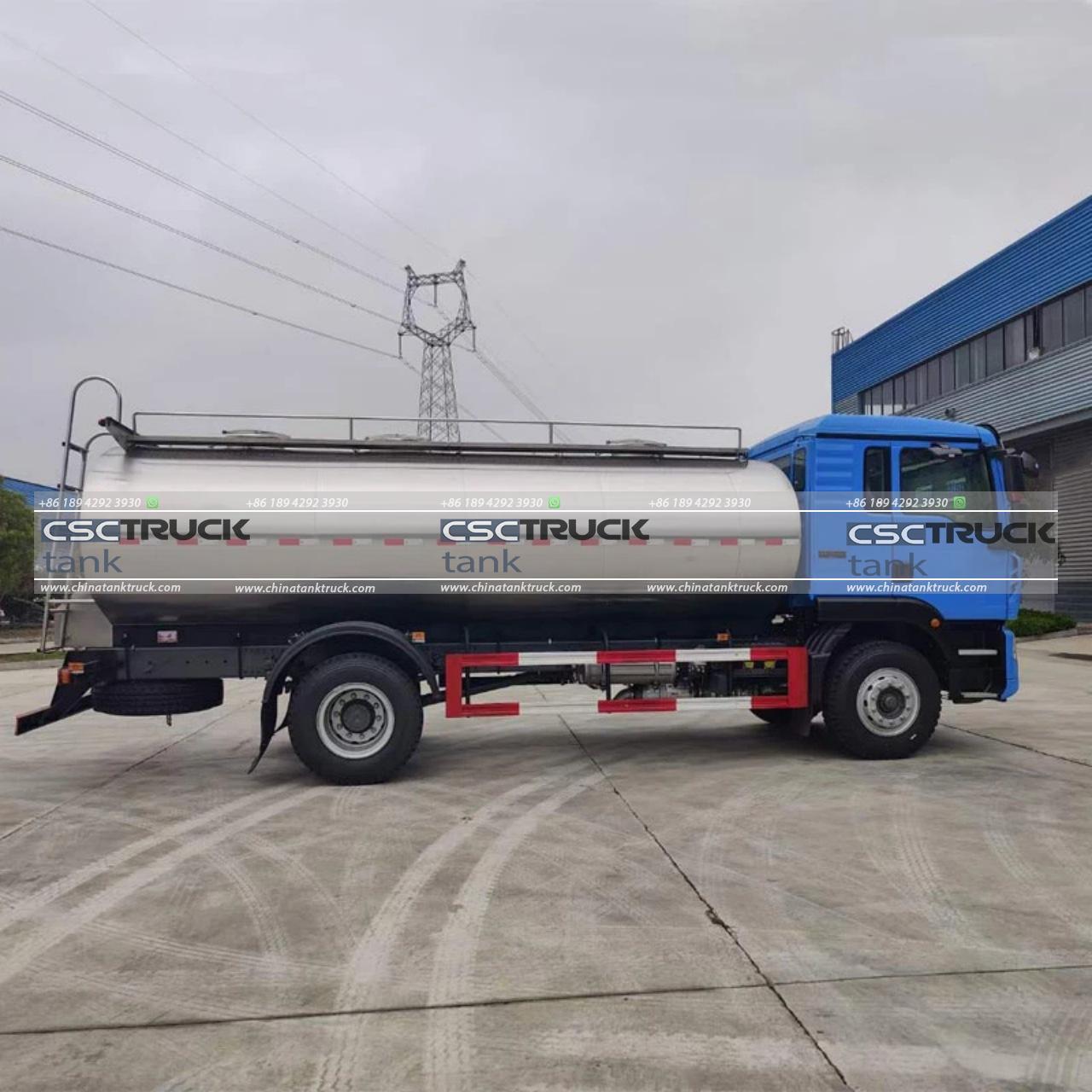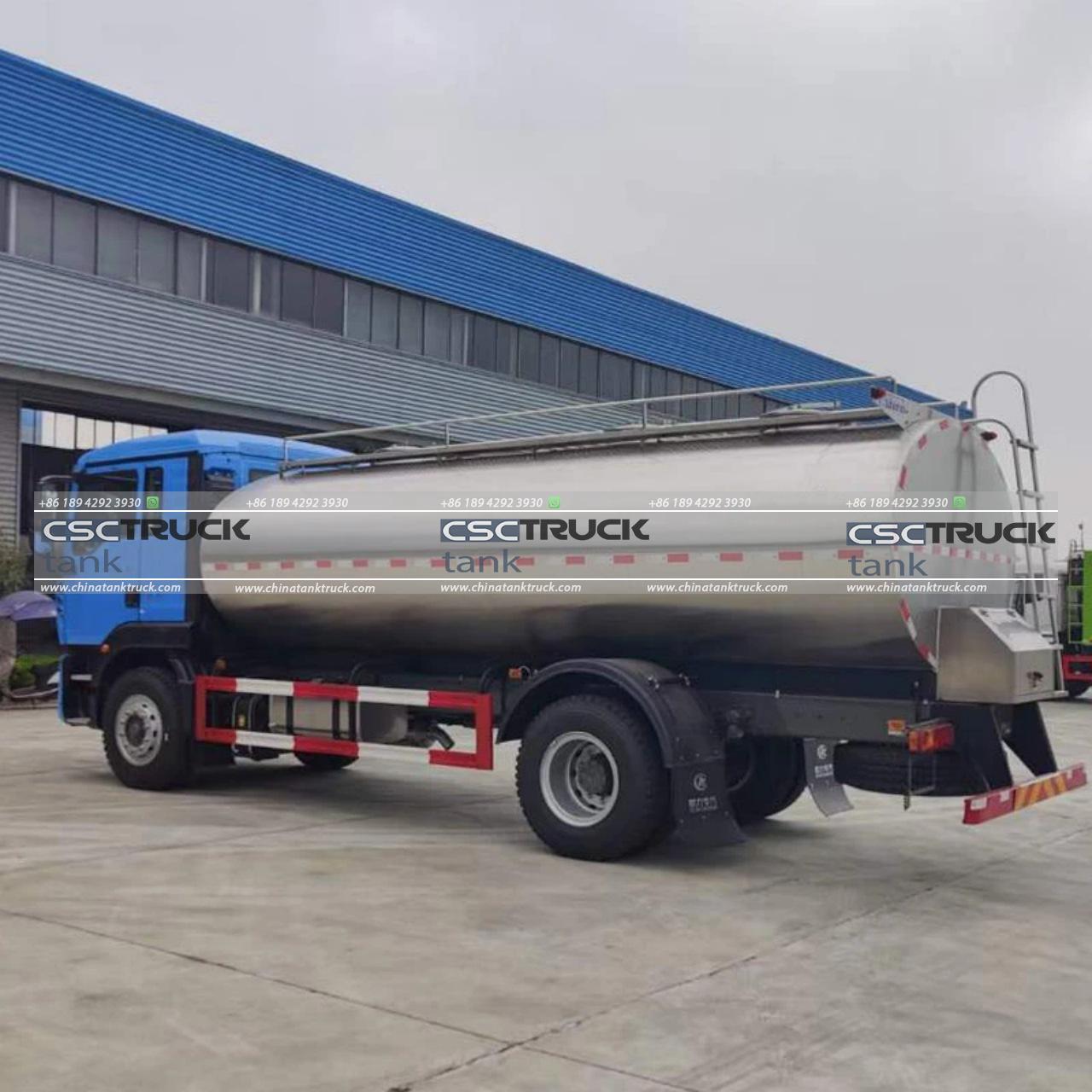What is a Vehicle that Collects Milk?
The vehicle used for collecting milk is known as a **milk tanker truck** or simply a **milk truck**. These specialized vehicles play a crucial role in the dairy supply chain, transporting raw milk from farms to processing facilities where it is pasteurized, processed, and packaged for consumption. The design and operation of milk tanker trucks are meticulously crafted to ensure the milk remains fresh, safe, and uncontaminated during transit. This article delves into the intricacies of milk tanker trucks, exploring their design, function, and significance in the dairy industry.
The Role of Milk Tanker Trucks in the Dairy Industry
Milk is a perishable product that requires careful handling from the moment it leaves the cow until it reaches the consumer. The dairy industry relies heavily on milk tanker trucks to bridge the gap between milk production on farms and processing at dairy plants. These vehicles are essential for maintaining the cold chain—a series of refrigerated storage and transport steps designed to preserve the freshness and quality of perishable products like milk.
Without milk tanker trucks, it would be nearly impossible to efficiently transport large quantities of milk over long distances while maintaining the necessary sanitary conditions. The dairy industry would face significant challenges in delivering fresh milk to consumers, and the risk of spoilage and contamination would increase drastically.

Design and Construction of Milk Tanker Trucks
Milk tanker trucks are designed with several key features that make them suitable for transporting raw milk. The most notable aspect is the **insulated stainless steel tank**, which is crucial for maintaining the milk at a consistent temperature, usually between 1°C and 4°C (34°F and 39°F). This is important because any significant deviation in temperature could lead to bacterial growth, which would spoil the milk.
The tank is typically divided into multiple compartments, allowing for the collection of milk from different farms without mixing the batches. This compartmentalization also aids in balancing the load, which is important for vehicle stability during transportation. Additionally, the interior of the tank is smooth and free of corners to prevent milk from becoming trapped, which could lead to contamination.
Another critical feature of milk tanker trucks is the **sanitary pumping system**. This system includes hoses and pumps that are used to transfer milk from the farm’s bulk tank into the truck’s tank. The entire system is designed to be easy to clean and sanitize to prevent any contamination during the milk transfer process.
How Milk Tanker Trucks Operate
The operation of a milk tanker truck is a carefully coordinated process that begins at the dairy farm. When a milk tanker truck arrives at a farm, the driver—often called a milk hauler—first checks the temperature and quality of the milk in the farm’s bulk storage tank. This ensures that only milk meeting industry standards is collected.
Next, the milk hauler connects the truck’s sanitary pump system to the farm’s bulk tank. The milk is pumped into the truck’s tank, where it is kept at a constant cold temperature thanks to the truck’s insulation. Throughout this process, careful records are kept, including the amount of milk collected from each farm and the milk’s temperature.
Once the truck’s tank is full or the milk collection route is complete, the milk hauler transports the milk to a processing facility. Upon arrival, the milk is tested again for quality and safety before it is offloaded into the dairy plant’s storage tanks. The truck’s tank is then thoroughly cleaned and sanitized to prepare for the next collection.

Importance of Hygiene and Sanitation
One of the most critical aspects of milk tanker truck operation is hygiene. Milk is highly susceptible to contamination, which can occur at any stage of collection and transportation. As a result, stringent hygiene protocols are in place to ensure the milk remains safe for consumption.
After each delivery, the interior of the milk tanker truck’s tank is cleaned using a combination of water, detergents, and sanitizing agents. This process, known as CIP (Clean-In-Place), is automated in many modern milk tanker trucks. CIP systems are designed to clean every surface within the tank thoroughly, ensuring no residue or bacteria remain.
In addition to cleaning, regular maintenance of the truck’s components—such as the pumps, hoses, and valves—is essential to prevent mechanical failures that could compromise the milk’s safety. Milk haulers are trained in proper cleaning techniques and are required to follow strict guidelines to ensure that every aspect of the milk collection process meets industry standards.
The Evolution of Milk Tanker Trucks
The milk tanker truck has evolved significantly over the years. Early methods of milk transportation involved the use of small cans or barrels that were loaded onto horse-drawn wagons or early motorized trucks. These methods lacked the temperature control and sanitary measures necessary to keep milk fresh over long distances.
As the dairy industry grew, so did the need for more advanced milk transportation methods. The introduction of insulated stainless steel tanks in the mid-20th century marked a significant improvement, allowing milk to be transported over longer distances without spoiling.
Today, modern milk tanker trucks are equipped with advanced technology to monitor and control the temperature of the milk, ensuring it stays fresh from farm to processing plant. GPS tracking systems are also commonly used to monitor the truck’s location and ensure timely deliveries, while data logging systems record key information such as temperature and collection details, which are crucial for quality control.

The Future of Milk Transportation
As technology continues to advance, the future of milk transportation will likely see even more innovations aimed at improving efficiency, safety, and sustainability. For example, electric milk tanker trucks could reduce the carbon footprint of milk transportation, while more advanced temperature control systems could further enhance the safety and quality of the milk being transported.
Additionally, the use of data analytics and IoT (Internet of Things) devices could provide real-time monitoring of the milk’s condition throughout the journey, allowing for immediate action if any issues arise. These innovations would not only benefit the dairy industry but also contribute to better overall food safety and quality for consumers.
Conclusion
The milk tanker truck is a vital component of the dairy supply chain, ensuring that raw milk is safely and efficiently transported from farms to processing facilities. With their specialized design, advanced technology, and strict hygiene protocols, milk tanker trucks play a key role in maintaining the freshness and quality of milk, allowing consumers to enjoy a safe and nutritious product. As the dairy industry continues to evolve, so too will the vehicles that collect and transport milk, ensuring they remain at the forefront of food safety and efficiency.


